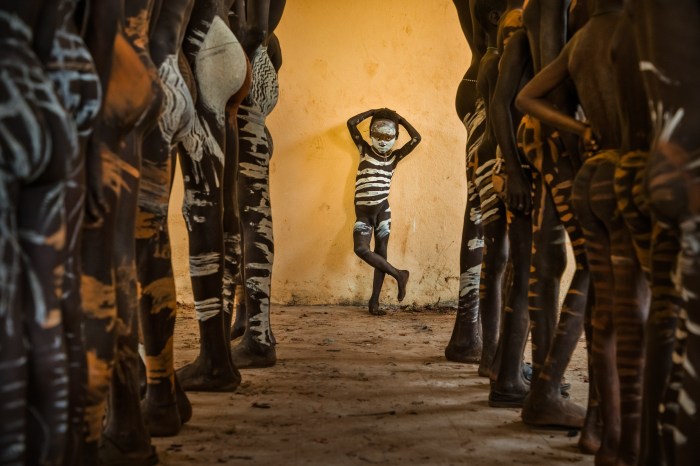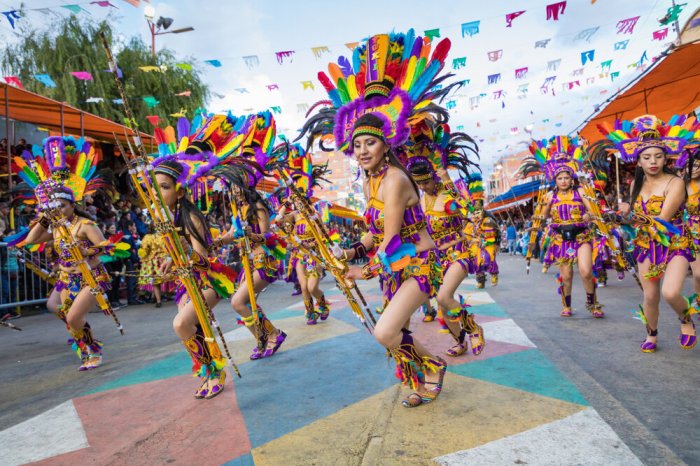Lunar New Year Celebrations Across the Globe paint a vibrant picture of diverse traditions and customs. From the vibrant lion dances of China to the intricate decorations of Vietnam, the festivities showcase a rich tapestry of cultural expressions. This exploration delves into the unique celebrations across various countries, examining their historical evolution, economic impact, and representation in popular culture, offering a fascinating glimpse into a globally celebrated holiday.
This study examines the unique traditions and economic impact of Lunar New Year, tracing its historical evolution and its presence in contemporary media. We explore the global variations in celebrations, highlighting the role of family and ancestral veneration, and showcase the luxury travel experiences available during this festive period.
Global Variations in Lunar New Year Celebrations: Lunar New Year Celebrations Across The Globe
Lunar New Year, also known as the Spring Festival, is a vibrant and diverse celebration observed by millions across the globe. While the fundamental spirit of welcoming the new year with hope and renewal remains consistent, the specific traditions and customs vary significantly depending on cultural and regional influences. This exploration delves into the unique expressions of this significant holiday across several countries.
Unique Traditions and Customs Across Countries, Lunar New Year Celebrations Across the Globe
The following table highlights the diverse ways Lunar New Year is celebrated in different parts of the world. Each country boasts its own unique blend of traditions, culinary delights, and festive events.
| Country | Key Traditions | Significant Foods | Notable Celebrations |
|---|---|---|---|
| China | Lion and dragon dances, setting off firecrackers (though increasingly regulated), giving red envelopes (hongbao) containing money, family reunions. | Dumplings (jiaozi), spring rolls, Nian gao (sticky rice cake). | Lantern Festival on the 15th day, temple fairs, large-scale parades and celebrations in major cities. |
| Vietnam | Ancestor veneration, giving lucky money (li xi), burning incense, decorating homes with peach blossoms and kumquat trees. | Banh Tet (sticky rice cake), spring rolls, candied fruits. | Family gatherings, temple visits, lion dances, street performances. |
| Korea | Sebae (New Year’s bow to elders), wearing hanbok (traditional clothing), playing traditional games like Yut Nori. | Tteokguk (rice cake soup), Japchae (glass noodles), various jeon (pancakes). | Family gatherings, ancestral rites, temple visits, cultural performances. |
| Singapore | Lion and dragon dances, firecracker displays (with regulations), light shows, visits to temples and shrines. | Nian gao, dumplings, yu sheng (prosperity toss). | Large-scale celebrations at Chinatown, light-up displays, cultural performances, family gatherings. |
| Malaysia | Lion and dragon dances, firecracker displays (with regulations), giving red packets (ang pow), family visits and reunions. | Nian gao, dumplings, bak kwa (barbecued pork). | Temple visits, cultural performances, family gatherings, street markets. |
Symbolism of the Color Red
The color red holds significant symbolic weight across various Lunar New Year celebrations. In many cultures, it represents good fortune, happiness, and the warding off of evil spirits. In China, red is associated with prosperity and vitality, while in Vietnam, it symbolizes joy and good luck. The intensity and usage of red may vary, with some cultures using it more prominently in decorations and clothing than others, but the underlying positive symbolism remains largely consistent.
Family Gatherings and Ancestral Veneration
Family reunions form the heart of Lunar New Year celebrations across many cultures. These gatherings are an opportunity to strengthen family bonds, honor elders, and share blessings for the coming year. Ancestral veneration plays a significant role in many traditions, with families offering prayers and tributes to their ancestors, believing that their blessings contribute to the family’s well-being and prosperity.
The specific rituals and practices may differ, but the core sentiment of respecting and remembering ancestors remains a unifying theme.
In conclusion, Lunar New Year Celebrations Across the Globe represent a remarkable confluence of ancient traditions and modern adaptations. The holiday’s economic impact is significant, its cultural influence pervasive, and its ability to unite diverse communities across the world undeniable. Whether through family gatherings, vibrant street parades, or luxury travel experiences, the spirit of renewal and celebration endures, making Lunar New Year a truly global phenomenon.
Essential Questionnaire
What is the significance of red during Lunar New Year celebrations?
Red symbolizes good fortune, happiness, and prosperity in many East Asian cultures, making it a prevalent color during Lunar New Year celebrations.
How long does Lunar New Year last?
Lunar New Year is celebrated for 15 days, culminating in the Lantern Festival.
What are some common Lunar New Year foods?
Dumplings, spring rolls, noodles (symbolizing longevity), and sweet rice cakes are common celebratory foods.
What are some common activities during Lunar New Year?
Lion and dragon dances, firecracker displays, temple visits, and family gatherings are common activities.

